Artemisia Gentileschi: The Passionate Feminist Artist
A successful female artist in a field dominated by men, Baroque painter Artemisia Gentileschi would establish herself as one of the most audacious and feminist artists of all time.
Artemisia Gentileschi was born on July 8, 1593 in Rome to the painter Orazio Gentileschi and his wife Prudenzia di Ottaviano Montoni. Her father, who came from Tuscany, was a fervent follower of Caravaggio, "the terrible child of the Italian baroque", whom he knew personally. The birth of Artemisia was followed by that of five boys, of which only one, Francesco, reached adulthood. Artemisia's mother also died very young at the age of 30 in 1605.
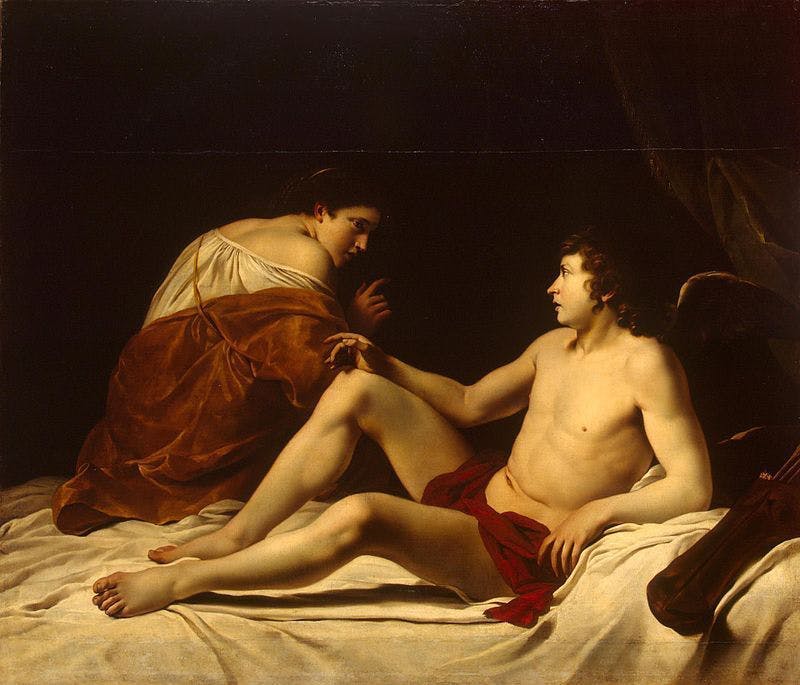
At the time of her mother's death, Artemisia was 12 years old and started working in her father's workshop. Her father first used her as a model and after discovering her artistic skills, took her as his student. In Rome, Orazio Gentileschi was a well-known and respected painter, often hosting colleagues and clients in his studio. In addition to the master's works, his pretty teenage daughter was one of the attractions of the visit.
Read also: The First Known Works by 10 Famous Artists

In 1611, Orazio invited the landscape painter Agostino Tassi, with whom he had already worked, to his workshop to teach his daughter some techniques. Unfortunately, Tassi's lessons turned into a nightmare when, taking advantage of Orazio's absences, he sexually assaulted Artemisia. The painter promised to marry Artemisia, who was a virgin, to save her reputation and that of her father.
However, when Orazio realized that Tassi had no desire to honor his promise, he brought the case before the papal court on May 9, 1611. The investigation, which lasted many months, revealed that Tassi wanted to murder his wife, raped his sister-in-law, and planned to steal some of Orazio Gentileschi's paintings.
Related: Artemisia Gentileschi: 5 Extraordinary Facts
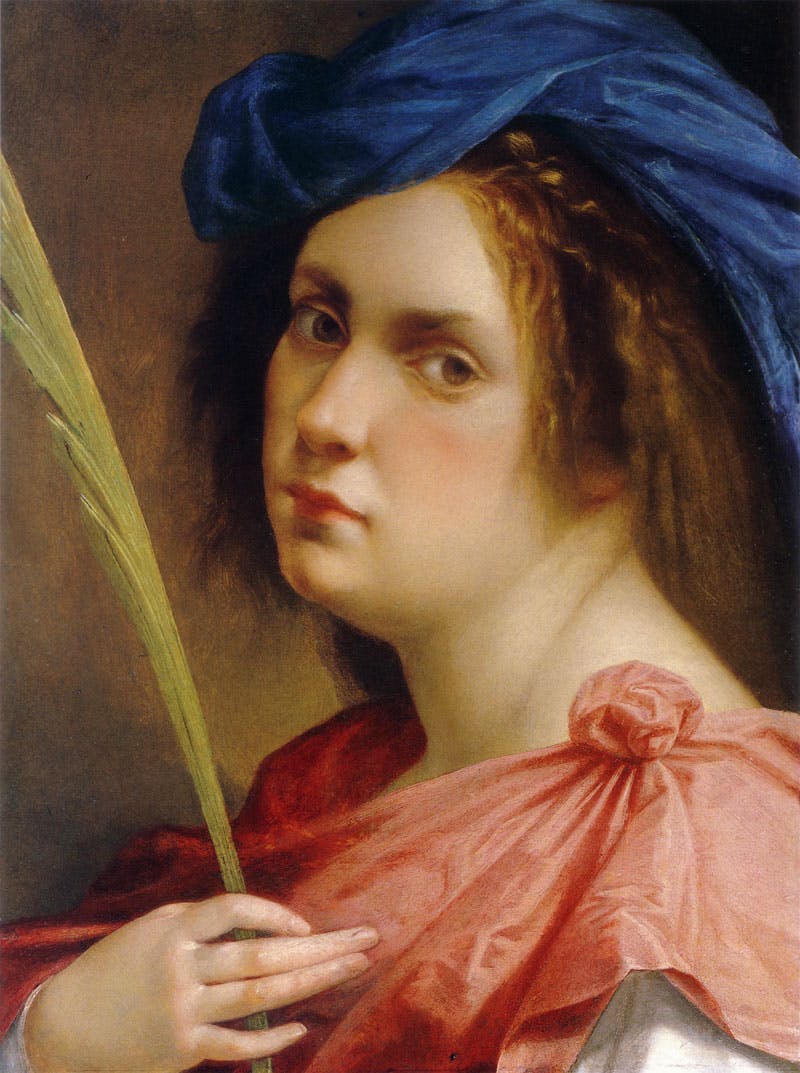
During the trial, Artemisia underwent a humiliating and painful gynecological examination and was subjected to the torture of thumbscrews to verify her accusations. This torture consisted of putting her fingers into a metal device, which was then screwed tight at the risk of breaking her bones. It was all the more cruel for the painter, who relied exclusively on her fingers to paint. On November 28, 1612, Tassi was sentenced to one year in prison and five years of exile from the Papal States. Orazio cut ties with the painter and to restore Artemisia's honor, he immediately had her married to the Florentine painter Pierantonio Stiattesi. The ceremony was held in Rome on November 29, 1612 and the young couple moved to Florence two years later. They would have four children, of which only their daughter Prudenzia (also called Palmira) reached adulthood.
Related: An Artemisia Gentileschi Painting Is Rediscovered
In Florence, the talented painter was a great success and received her first commission from the nephew of Michelangelo, marking the beginning of a long series. In addition to the Medici family, who were among her customers, Gentileschi met many important artistic and scientific personalities, such as Galileo Galilei. The most significant event of her Florentine stay, however, was her admission to the Academy of the Arts of Drawing in 1616. She was the first woman in history to receive this privilege.
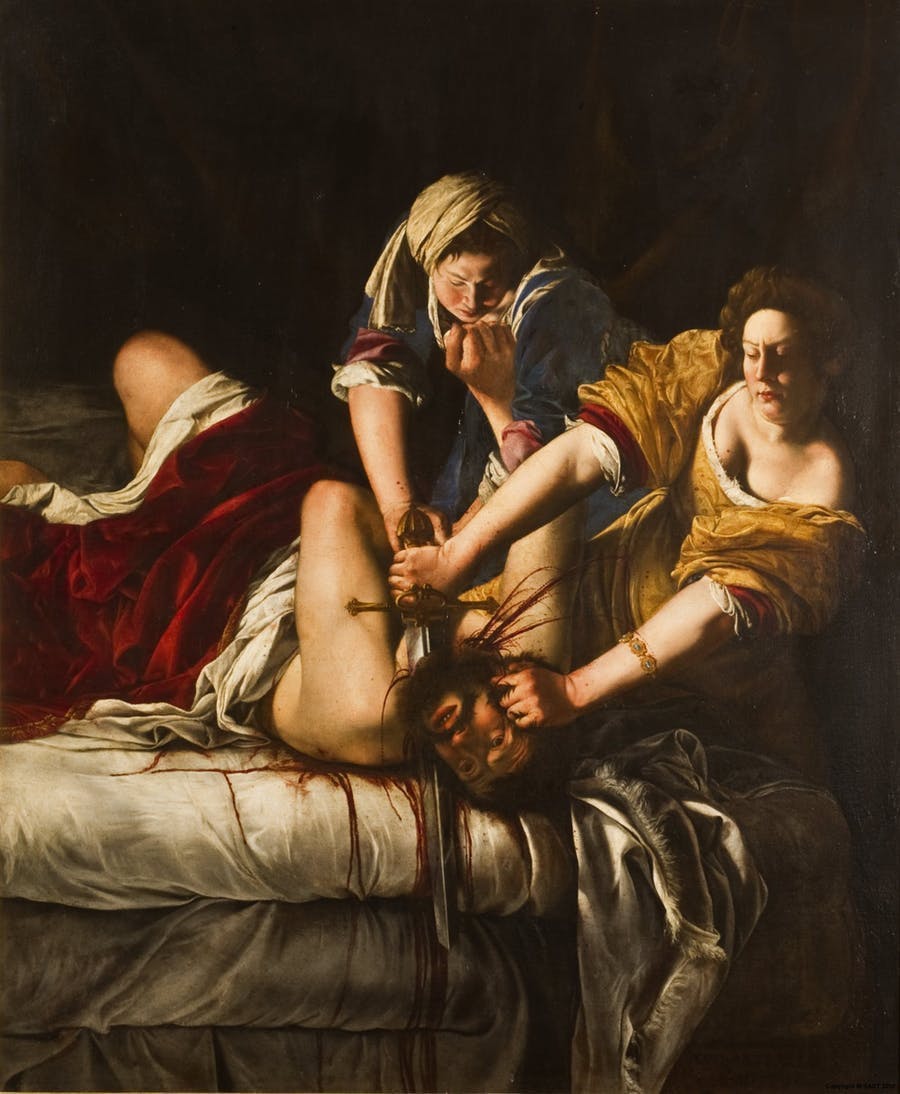
The violence and humiliation inflicted on Artemisia in her youth imbued her paintings, revealing the female figure in a new light. Her Biblical and historical female subjects are tinged with an evident strength of character, who endure suffering with their heads held high and inflict it on men without blinking. The most representative of this is the Old Testament heroine Judith, who saves her people by decapitating the chief of the enemy, Holofernes.
Related: Top 10 Rediscovered Masterpieces, According to Barnebys
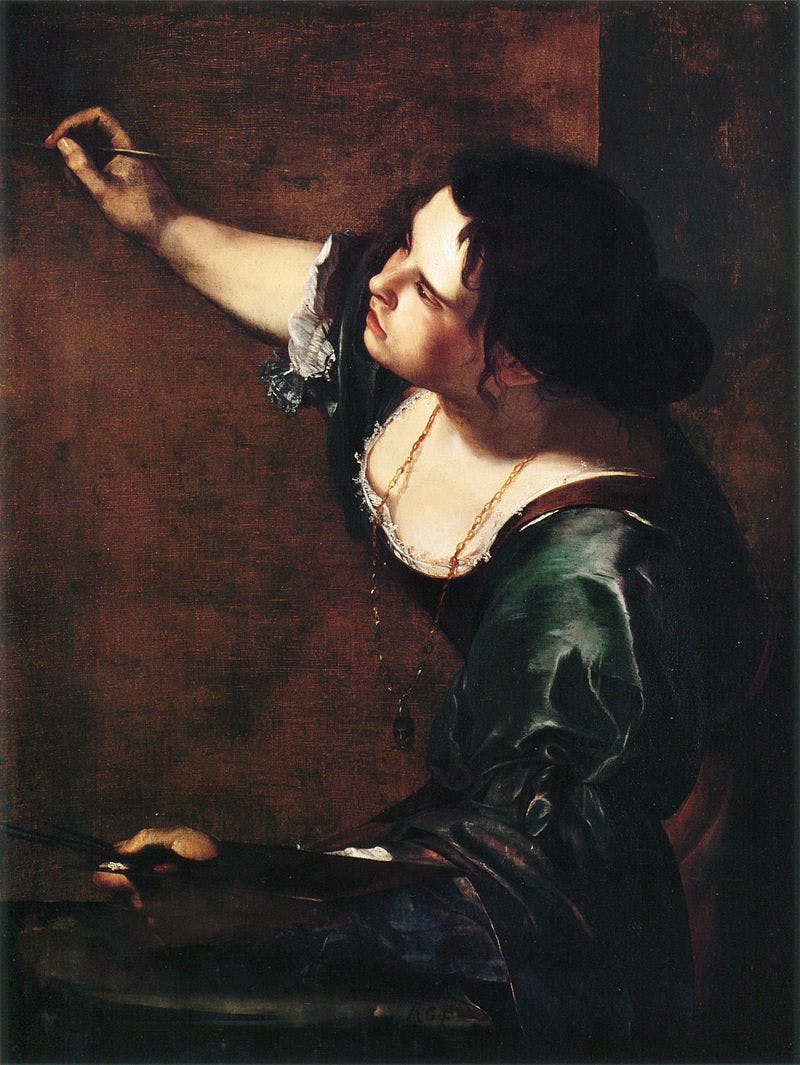
As evidenced by certain correspondences, Artemisia had an affair with rich Florentine nobleman Francesco Maria Maringhi. Although her husband tolerated the affair, it was only when the rumors gained momentum that Artemisia ended the tryst. Instead of saving her marriage and remaining with the man who had been imposed on her by her father, she returned to her hometown of Rome with her daughter.
Related: Caravaggio: The Renaissance Rebel
As in the past, Rome was not good for her. Her father had moved away because Caravaggesque chiaroscuro, his trademark, was no longer popular there. In Rome, Artemisia received no large orders and her financial situation worsened. In the late 1620s, she stopped in Venice before settling in Naples in 1630.
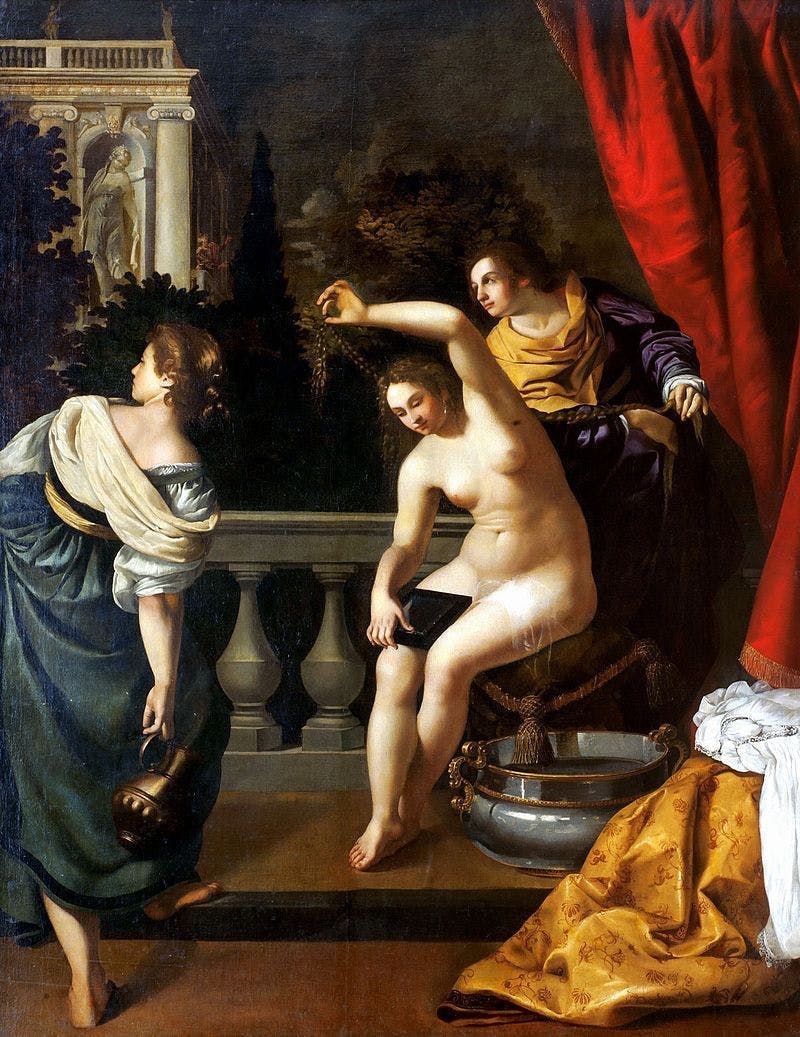
Her Neapolitan stay ended in 1638, when she joined her father in London, where he worked as a court painter to King Charles I. After many years, father and daughter were reunited and collaborated. After Orazio's sudden death in September 1639, Artemisia remained in England and continued to work on commissions. She returned to Italy three years later when civil war broke out, which would bring down the king.
Related: A New Renaissance for Old Masters
Her next destination has not been confirmed by historians, and it was not until 1649 that her activity was recorded in Naples, where she painted in the style developed in England. Nevertheless, she kept a low profile, so much so that even the year of her death has never been verified. According to certain documents, she was still painting in the early 1650s and is believed to have died around 1652-1654.
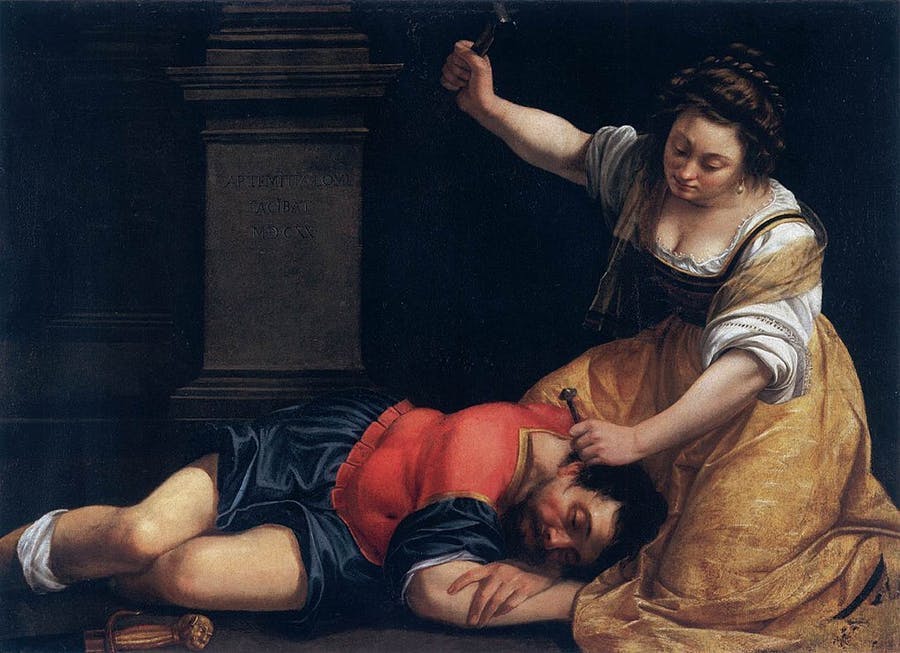
Throughout her career, Artemisia Gentileschi remained loyal to the style of Caravaggio taught by her father, but added her own personal themes. At the head of her own workshop, she was far ahead of her time: she employed a male staff and defied societal constructs for women. Her pictorial choices, in themes and composition, are just as remarkable: while many of her contemporaries were limited to flower still lifes and devout images, Artemisia tackled the highest genre, reserved for men, with her historical and nude paintings.
Related: A New Record for Artemisia Gentileschi
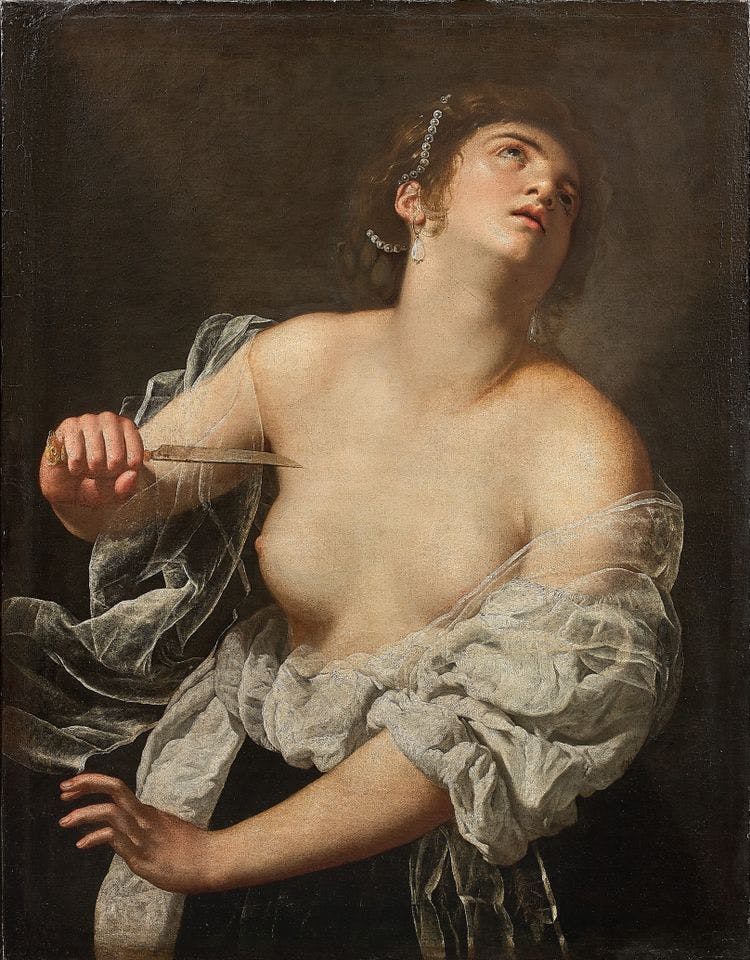
Long forgotten, her work was only rediscovered in the 20th century. The 2010s witnessed a meteoric rise in her auction prices, with most paintings fetching above a million dollars. Her world record was set at Artcurial in Paris in November 2019, with the sale of Lucretia for $6.1 million.


